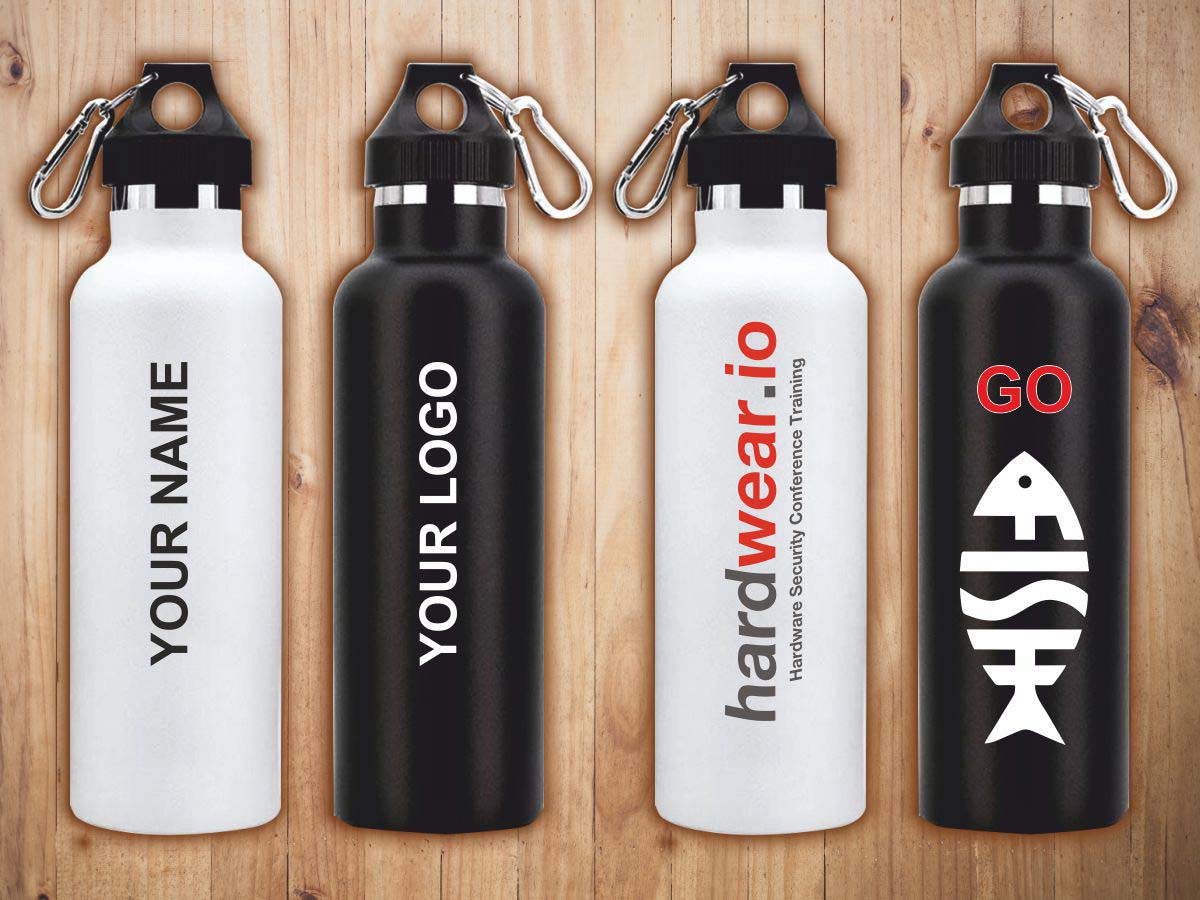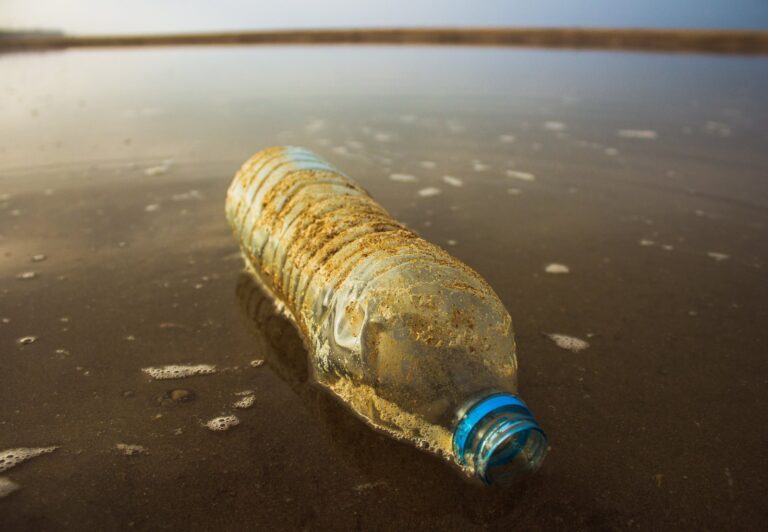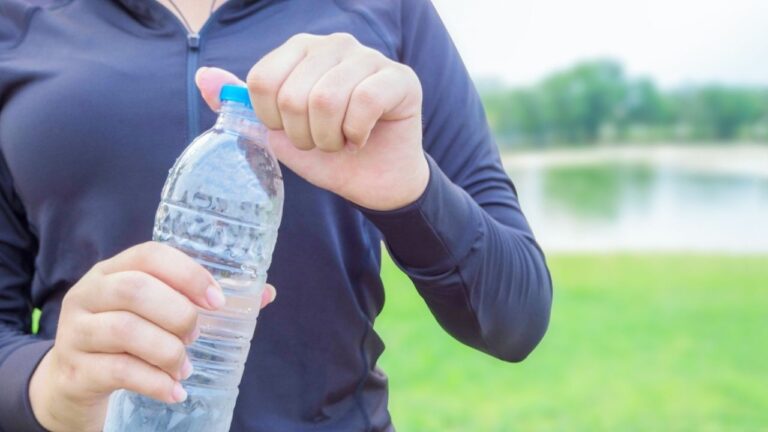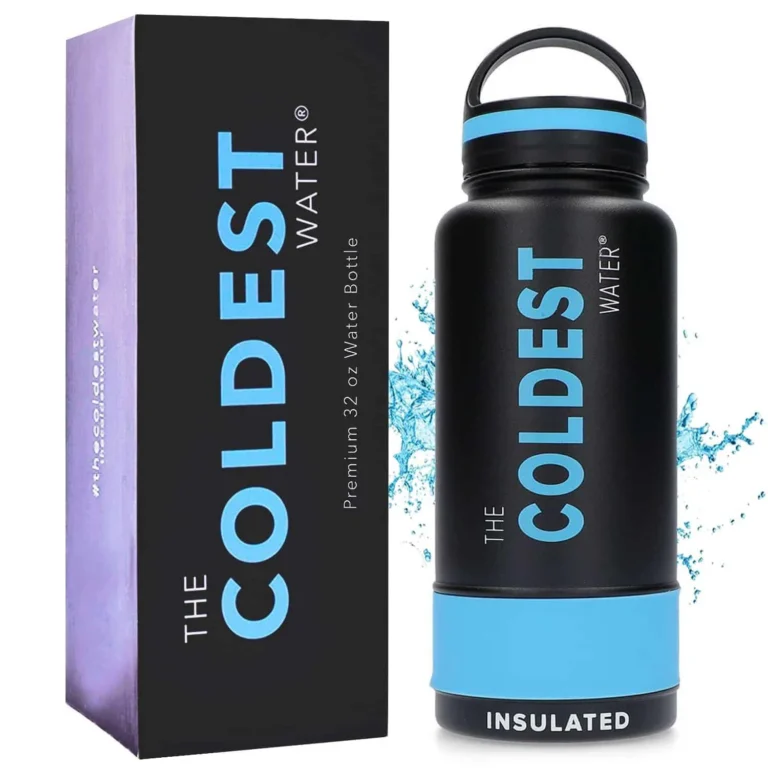Have you ever seen a custom labeled water bottle and wondered how it was made? Maybe you want to add some personalization to your water bottles for a special event or your business. Well, we’ve got great news – printing on water bottles is easy and can be done right at home. In this post, we’ll explore the step-by-step process of printing on water bottles so that you can create your very own customized drinkware. Let’s get started!
Definition of water bottles printing
Water bottle printing refers to the process of printing designs, logos, or images onto water bottles. It allows individuals or businesses to personalize and customize their water bottles, creating a unique and eye-catching product. There are several printing methods available, including screen printing, digital printing, heat transfer printing, and sublimation printing. Each method has its own advantages and disadvantages in terms of cost, quality, and durability. Water bottle printing has gained popularity as a promotional tool, allowing companies to showcase their brand and message to a wide audience. It also provides individuals with a creative outlet to express their personality and style. Overall, water bottle printing offers a versatile and effective way to add a personalized touch to your water bottles.
Preparing for Bottle Printing
Materials needed
When it comes to printing on water bottles, there are a few materials you will need to get started. First and foremost, you will need a water-resistant inkjet printer and some waterproof labels. You can either purchase pre-cut labels or print your own using a standard label sheet and a pair of scissors. It is also important to have a clean and dry water bottle to work with. To ensure the best results, use a high-quality printer with ink designed specifically for printing on plastics. Additionally, you may need adhesive, such as tape, to secure your design to the bottle. Overall, with the right materials, you can easily personalize your water bottles with unique designs.
Bottle preparation
Bottle preparation is an important step in the process of printing on water bottles. Before applying any design or artwork, it is crucial to ensure that the surface of the water bottle is clean and dry. This can be done by using rubbing alcohol and a paper towel to wipe away any dirt or residue. By doing this, you can ensure that the labels or prints stick properly to the surface of the bottle. Additionally, if you are using shrink wrap to protect the design, make sure to remove any packaging or shrink wrap before proceeding. Taking the time to properly prepare the bottles will result in a clean and professional-looking print.
Artwork creation
When it comes to creating artwork for printing on water bottles, the possibilities are endless. You can let your imagination run wild and come up with unique designs that reflect your personal style or brand. One idea is to use a logo or slogan that represents your business or organization. You can also create custom illustrations or patterns that are eye-catching and visually appealing. If you’re not artistically inclined, don’t worry! There are plenty of resources available online where you can find free or affordable artwork to use for your water bottle printing. Just make sure to adapt the design to the curved surface of the bottle and opt for bold graphics that will stand out. With a little creativity and the right tools, you can create stunning artwork that will make your water bottles truly one-of-a-kind.
Printing Techniques
Screen Printing
Screen printing is a popular technique used for printing on various objects, including water bottles. It involves creating a screen or stencil and then applying layers of ink to the bottle’s surface. This method allows for the reproduction of graphics and text with accuracy and vibrant colors. The process is relatively simple and cost-effective, making it convenient for both small and large-scale printing projects. Screen printing is widely used in industries such as product signage, oil paintings, business cards, and textiles. However, it’s important to note that screen printing can have environmental implications due to the production of waste materials. Despite this, screen printing remains a versatile and widely applicable printing method for water bottles and other objects.
Digital Printing
Digital printing is a popular method for printing on water bottles because it offers a wide range of possibilities. With digital printing, you can reproduce full-color designs with ease. This is especially advantageous for logos or designs that have gradient effects or include photographic images. The process involves using a digital printer to directly print the design onto the water bottle. CMYK inks are typically used, allowing for the reproduction of virtually any color on the spectrum. However, it’s important to note that digital printing may have a longer turnaround time compared to other printing methods, and it may cost slightly more. Nonetheless, the results are often worth it, as digital printing can create vibrant and eye-catching designs on your water bottles.
Heat Transfer Printing
Heat transfer printing is a popular method used to print designs on various surfaces, including plastic bottles. It involves applying heat and pressure to transfer the design from a printed film onto the bottle surface. This technique ensures that the patterns will not crack or fade when the bottle is washed. Additionally, the materials used for heat transfer printing film are long-lasting and washable, making them ideal for printing on clothes as well. The process is simple and involves loosely cutting around the design, positioning it face down on the bottle, and securing it in place with heat tape. With the wide range of style options and sizes available, heat transfer printing offers a convenient and customizable solution for adding vibrant and long-lasting designs to plastic bottles.
Sublimation Printing
Sublimation printing is a fascinating technique that allows you to transfer full-color designs onto various substrates, including water bottles. By using heat and pressure, the dye sublimates from a solid to a gas state and then bonds with the surface of the water bottle. This results in vibrant and long-lasting prints that won’t fade or peel off. To achieve successful sublimation printing on water bottles, you need to start with a clean and smooth surface, choose the right type of water bottle, and ensure that your design is mirrored before printing it onto sublimation paper. Then, using a heat press or an oven, you can transfer the design onto the water bottle, creating a personalized and eye-catching finished product.
Choosing the Right Ink
Types of Inks
When it comes to printing on water bottles, there are various types of inks that can be used. Some common options include water-based screen printing ink, UV ink, high-temperature ink, and more. Each type of ink has its own set of advantages and is suitable for different applications. Water-based screen printing ink is ideal for fabric printing as it can soak into the fibers, providing a soft feel. UV ink, on the other hand, is thicker and more durable, making it suitable for long-lasting prints. High-temperature ink is often used for printing on plastic bottles. It is important to choose the right ink based on the material of the bottle and the desired outcome to ensure the best results.
Ink System
When it comes to printing on water bottles, the ink system plays a crucial role in achieving high-quality and long-lasting prints. The ink system refers to the type of ink used and its compatibility with the plastic surface of the bottles. It is important to choose an ink specifically designed for printing on plastics to ensure adhesion and durability.
There are different types of ink systems available for water bottle printing, including solvent-based inks, UV-curable inks, and water-based inks. Each type has its own advantages and limitations. Solvent-based inks provide excellent adhesion and durability, but they may emit volatile organic compounds (VOCs). UV-curable inks offer fast curing times and excellent resistance to fading and scratching, but they require UV lamps for curing. Water-based inks are eco-friendly and easy to clean up, but they may have lower durability compared to solvent-based and UV-curable inks.
Choosing the right ink system for water bottle printing will depend on factors such as desired print quality, durability requirements, environmental considerations, and budget. It is always recommended to consult with a professional or supplier to determine the best ink system for your specific needs.
Ink Curing
Ink curing is a crucial step in the printing process for water bottles. As the name suggests, it involves the process of drying and hardening the ink on the surface of the bottle. This ensures that the printed design is durable and long-lasting, even when exposed to everyday wear and tear. There are different methods for ink curing, including heat curing and UV light curing. Heat curing involves using heat to evaporate the solvents in the ink, leaving behind a dry and solid ink layer. UV light curing, on the other hand, uses ultraviolet light to instantly cure the ink. Both methods have their advantages and are chosen based on the specific requirements of the water bottle printing job. Proper ink curing not only enhances the overall quality of the printed design but also ensures that it is resistant to fading and smudging, making the printed water bottles look professional and attractive.
Customization
Variable Data Printing
Variable Data Printing (VDP) is a revolutionary technology that allows for personalized and unique printing on water bottles. With VDP, brands and businesses can print different information on each bottle, making it a highly versatile and customizable printing option. The use of VDP enables organizations to track and trace products through the supply chain, communicate important information to consumers, and even personalize print pieces and packaging to another level. This innovative technology has been successfully used by big brands like Coca-Cola, who leveraged VDP to produce labels with personalized consumer names, leading to documented sales increases. In addition to marketing campaigns, VDP can also be used for direct mail marketing and other promotional efforts. By combining digital printing and customer relationship management (CRM) databases, consumer brands can create customized high-margin gifting and product sales. With VDP, the possibilities for creating unique and tailored water bottle prints are endless.
Metallic Printing
One popular printing method for water bottles is metallic printing. This technique adds a touch of elegance and sophistication to the design. Metallic foil wedding stickers, for example, can enhance the look of your bottle and create a lasting impression. With metallic printing, you can choose from a variety of metallic colors, such as rose gold, which adds a bold and eye-catching contrast. The smooth finish of the foil gives the label a high-quality and special feel. Additionally, there are different paper stock and lamination options available, such as high-shine glossy or silk lamination. These choices further enhance the overall appearance of the label. So, if you want your water bottle to stand out and make a statement, metallic printing is a great option to consider.
Glow in The Dark Printing
Glow in the dark printing is a unique and eye-catching idea that can bring a fun and vibrant element to your custom water bottle design. Imagine your logo or artwork glowing in the dark, creating a captivating effect that is sure to grab attention. This type of printing is achieved by using luminescent ink that absorbs and stores light energy, then releases it as a glow when in the dark. It’s a fantastic way to make your brand stand out at nighttime events or in low-light environments. Whether you’re hosting a concert, a nighttime charity run, or simply want to add a cool element to your promotional water bottles, glow in the dark printing is an excellent choice.
Post-Printing Operations
Drying and Curing
Drying and curing are essential steps in the process of printing on water bottles. Whether you are using water-based or plastisol inks, the ink must reach a certain specific temperature to be permanently cured onto the surface of the bottle. For water-based inks, the water must be evaporated before the resin can heat up and fuse to the bottle. Plastisol ink, on the other hand, relies on the resin particles absorbing plasticizer and expanding before cooling to form a flexible and durable film. Achieving the proper curing temperature is crucial for obtaining sharp and long-lasting prints. Monitoring the temperature throughout the drying process is important to ensure that all moisture is removed and the ink fuses properly. Using thermometers or digital probes can help in accurately measuring the temperature of the prints and the dryer.
Finishing touches
When it comes to printing on water bottles, the finishing touches can really make a difference in the overall look and feel of the product. Whether it’s a decorative label, a stylish wrap, or a custom design, these extra details can add a touch of elegance and personalization. For example, screen printing offers a wide range of design options, including ceramic, precious metal, or UV inks. Each type of ink has its own unique characteristics, such as brightness and vibrancy. Other decorative techniques, like etching, frosting, or powder coating, can create a matte or glossy finish that enhances the bottle’s appearance. Metallic elements, like hot foil stamping, can also catch the eye and add a sophisticated touch. With the right finishing touches, water bottles can stand out on store shelves and make a positive impression on consumers.
Best Practices for Water Bottle Printing
Quality control
Quality control is a crucial aspect when it comes to printing on water bottles. It ensures that the bottles meet the necessary standards and requirements for functionality and safety. From testing the sealing performance to checking for impact resistance, every step is carefully monitored. In fact, companies like X-Rite have implemented programs that improve color quality and overall print management. Through the use of advanced technology and spectrophotometers, they have achieved remarkable results in enhancing print quality on water bottles. By establishing a formal color and print quality protocol, they have taken their quality control to new heights. This commitment to continuous improvement is essential in delivering high-quality and reliable products. With proper quality control measures in place, consumers can have confidence in the safety and durability of printed water bottles.
Product safety
Ensuring product safety is a top priority when it comes to printing on water bottles. At Bulletin Bottle, we understand the importance of delivering safe and reliable products to our customers. That’s why we adhere to the federal CPSIA mandates, which regulate the safety standards for products intended for children. If your custom water bottles are meant for kids, we ensure that they are tested and approved for the specific age group. Additionally, we discreetly print tracking information on the bottles to comply with safety regulations. We want to provide you with a water bottle that not only showcases your branding but also meets the highest safety standards. Trust Bulletin Bottle for your printing needs, because your safety matters to us.
Environmental sustainability
Environmental sustainability is a crucial aspect to consider when designing and printing on water bottles. It is essential to reduce the carbon footprint and minimize the use of plastic by opting for eco-friendly materials. Companies like Poland Spring and Dasani have successfully implemented initiatives using plant-based materials and geothermal power to produce their bottles. By promoting eco-ethical ideals and initiatives, brands can contribute to a healthier environment. Printify offers a wide range of customizable water bottles made from sustainable materials like steel and aluminum, which are perfect for eco-conscious individuals or businesses. Additionally, these bottles come with various features like vacuum insulation and spill-proof lids, making them practical and durable options. By choosing eco-friendly printing options and advocating for sustainability, we can make a positive impact on our planet.




